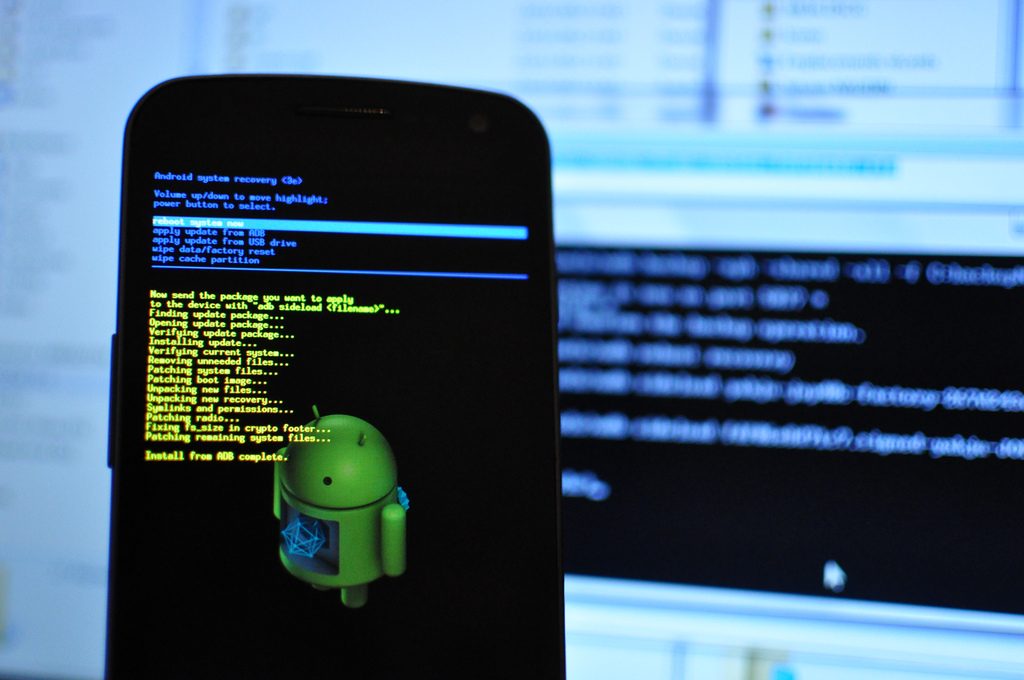More than half of Android devices did not receive OS updates in 2016

More than half of the 1.4 billion Android devices have not received system updates for more than one year, according to an official Google blog. Statistics refers to the end of 2016 and reflects the company's actions to develop its ecosystem.
Total updates received 735 million devices from two hundred different manufacturers. Now Google releases updates (including critical in terms of security) for devices running Android 4.4.4 and higher. According to company statistics, they account for 86.3% of all operating Android devices in the world. Updates, however, received only a little more than half of smartphone owners.
“We are proud that in 2016 half of the devices received updates, but this is not enough,” said Android Security Director Adrian Ludwig.
')
Along with updates to the system, Google is also struggling with the root cause of danger to users - malware on Google Play and on third-party sites. The company reports a decrease in the number of infections with Trojans to a level of 0.016% of the total number of installations. Accordingly, the number of infections has decreased by 50% since 2015. Over the same period, the number of phishing program installations decreased by 73%.
According to Wired , the percentage of updated devices and transitions to new versions of Android is a headache for Google. So, the company still can not achieve a high number of updates to newer versions of Android from users whose devices can allow it. Google’s direct competitor, Apple, has no problem.
According to statistics, almost 80% of users of devices from Apple switched to iOS 10, when, as before Android 7.0-7.1, Nougat updated less than three percent of users . At the same time, Nougat was released 3 weeks earlier than iOS 10.
Official Google statistics on updates in 2016 should not be considered correct either. Yes, the company says that in 2016, 50% of devices received updates, but it does not indicate when it happened in 2016, and whether updates came on an ongoing basis. In fact, this may mean that the majority of users of devices running Android try not to update their devices, guided by the principle “it works — don't touch”. At the same time, the average consumer does not think about the threats to the safety and security of their personal data.
One of the main problems in updating Android is the "zoo" of the forks of the system. Each manufacturer offers its own modified version of Android. For example, now Samsung has 13 different actual devices running Android and 200 OS localization options for each of them. As a result, only the Korean manufacturer has about 1500 different Android versions. Such diversity complicates the upgrade and reduces the reliability of the system.
Source: https://habr.com/ru/post/402583/
All Articles